White willow "Spherical dwarf"
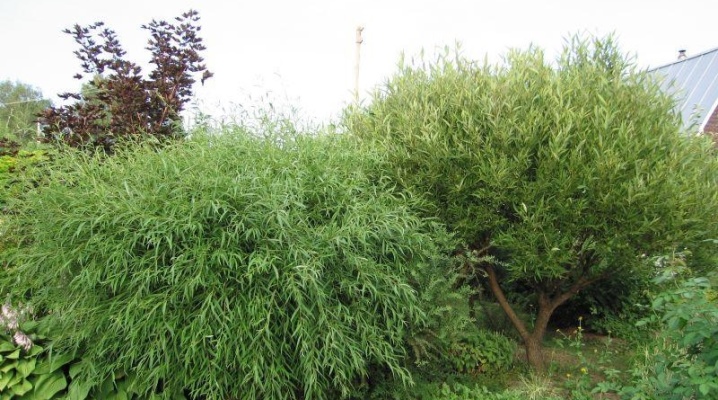
The spherical willow is great for decorating any area and strengthening the banks. With the right care, the tree will look great no matter the season.

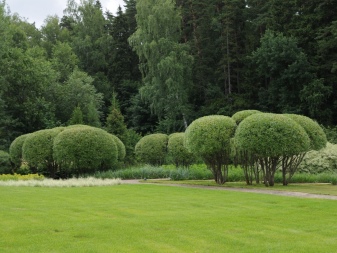
Description
Unique white willow "Spherical dwarf" differs from others by its luxurious round-shaped crown... The tree grows slowly. Over time, its size can reach 3 meters in height. The trunk of the tree is thin, with frequent cracks on the bark.
The plant was recently bred by a famous Ural scientist. This variety is one of the best among the willows of V. I. Shaburov's selection and has practically no drawbacks.
Many people plant such willows next to apiaries, since they are excellent honey plants. Another plus of this breed is that the willow is able to survive the cold. She will survive even at a temperature of -40 degrees. With the onset of winter, the dark leaves turn olive with a slight yellowish or reddish tint.
Such trees can be planted both in a park or garden, and on the shore of a body of water.

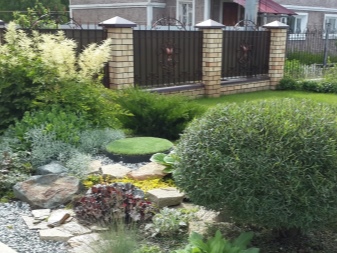
Planting and leaving
The globular hybrid willow is known as a very undemanding plant. It survives even where most plants die immediately. But it is best to grow such trees in high humidity conditions. The spherical willow will perfectly take root in the place of accumulation of groundwater. Even if the roots of this tree are in stagnant water, it will not rot.
It should also be borne in mind that willow loves light. Therefore, it is better to plant it in a place where neither fences nor other plants block access to the sun.
Globular willows can be planted from mid-spring to October. For the plant to take root quickly, you need to fill in the holes nutritional mixture which consists of peat and compost. It is also important to ensure that the roots of the planted plant are not too dry.
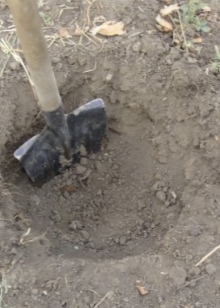
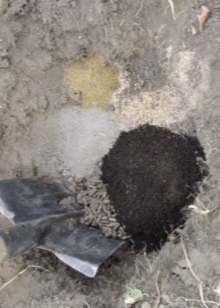
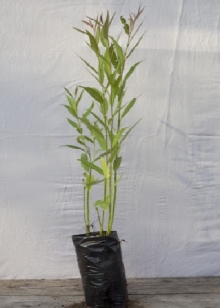
After planting, there will be no problems with the tree, because it requires minimal maintenance.
-
Because willows love moisture, we must not forget to water them. This should be done regularly, preferably twice a month. If the season is too hot, you will need to water the plant once a week. One tree needs 20 to 50 liters of water. If you do not want to waste time on watering, you should plant a willow in an area that is flooded with groundwater.
-
It is also important to regularly feed willow. During the summer period, you need to apply full-fledged mineral fertilizers at least once. If black dots appear on the leaves of a tree, then the tree is lacking copper. In this case, you need to use an additional portion of fertilizer. It is best to bring them in at the end of summer.
-
Before the onset of winter, you need remove all damaged leaves from the tree. The fallen ones must be removed from the site. At the same time, you need to destroy excess growth next to the tree.
-
Shear globular willows at will... This is done to make them look more attractive. Thus, you can make the tree neat or even give its crown the desired shape. Usually, only young shoots are sheared, which goes beyond the boundaries of the crown formed in advance.
-
In the spring, you need to carry out a radical pruning. This is necessary in order to revive the plant. This will only benefit the tree, because new, more beautiful ones will grow in the place of the old branches.
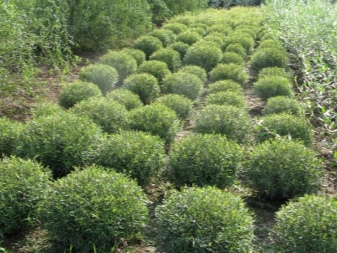

The spherical willow can also fall prey to attacks from various insects.NS. This cannot be ignored. Dealing with them is quite simple. If the plant damages the willow weevil, you just need to destroy the damaged parts of the tree. Spraying with soapy water saves from aphids, and tar, which is used to lubricate infected branches, from willow cicada.
Since the plant survives the cold well, it does not need to be specially cooked for winter. In cold regions, the tree trunk is sometimes covered with spruce branches or fallen leaves.
In general, taking care of such a tree requires a minimum amount of time. Therefore, it is great for beginner gardeners.
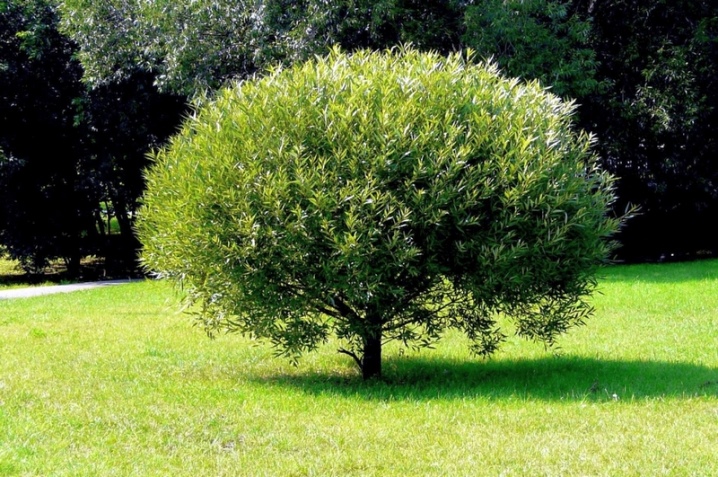
Reproduction
The globular willow can reproduce in two ways. You can use seeds or cuttings for this. The first option is more complicated, so it is best to opt for grafting. This procedure is carried out in several stages:
-
the first step is to cut off a branch 35-40 centimeters long;
-
powder the oblique cut with charcoal;
-
fill the container with fine river sand;
-
fix the stalk;
-
dig in the seedlings and water them well.
After that, the container with cuttings should be left in a warm place for 1-2 months. Within a couple of weeks, they will noticeably grow up. After the first roots appear, the seedlings can be moved into open ground. If several willows are planted at once, then the distance between them should be at least 10 centimeters. After planting, the plant must be watered abundantly.
You can simplify this process and buy ready-made seedlings. If they are sold in peat pots, then they must be planted with them.
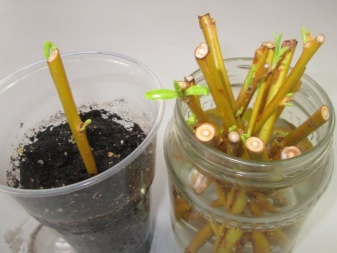

Examples in landscape design
Original spherical willows with dense crowns are actively used to decorate various areas. They look equally good in the garden and in the park. The tree goes well with conifers and shrubs. It is very often used to create Japanese-style gardens.
Globular willows can be planted near bodies of water. Interestingly, such a tree will look on the shore of a manually dug pond or lake. Ornamental stones can be laid out next to the trunk of the spherical willow. Such a composition by the fountain will look beautiful.
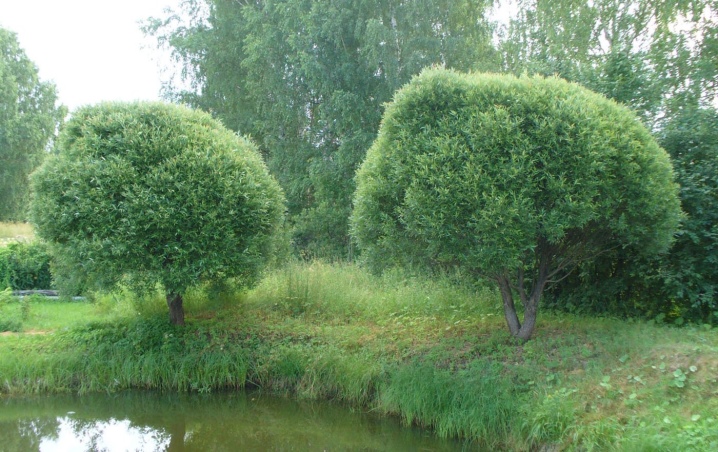
A short tree can also be part of a hedge. In this case, it looks great in combination with thuja and other shrubs.
To form a neat hedge, the crown of the tree is trimmed by trimming the tops and edges evenly.
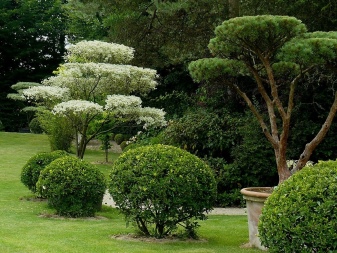

Among more than 600 species of spherical willows, they stand out for their decorative effect. Unpretentious trees are perfect for decorating any areas and are actively used by both novice gardeners and professional landscape designers.
See the next video for an overview of the variety.



































































The comment was sent successfully.